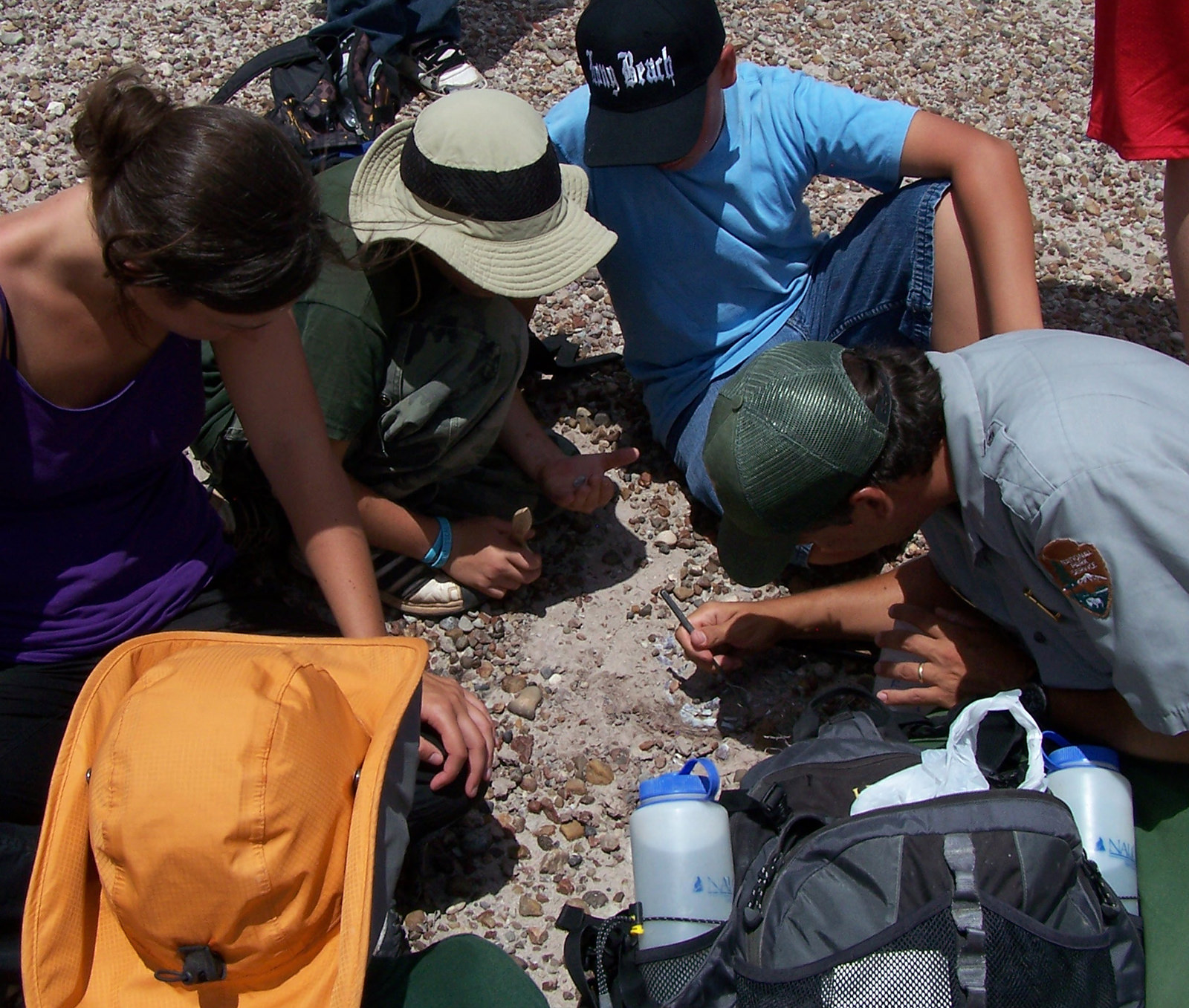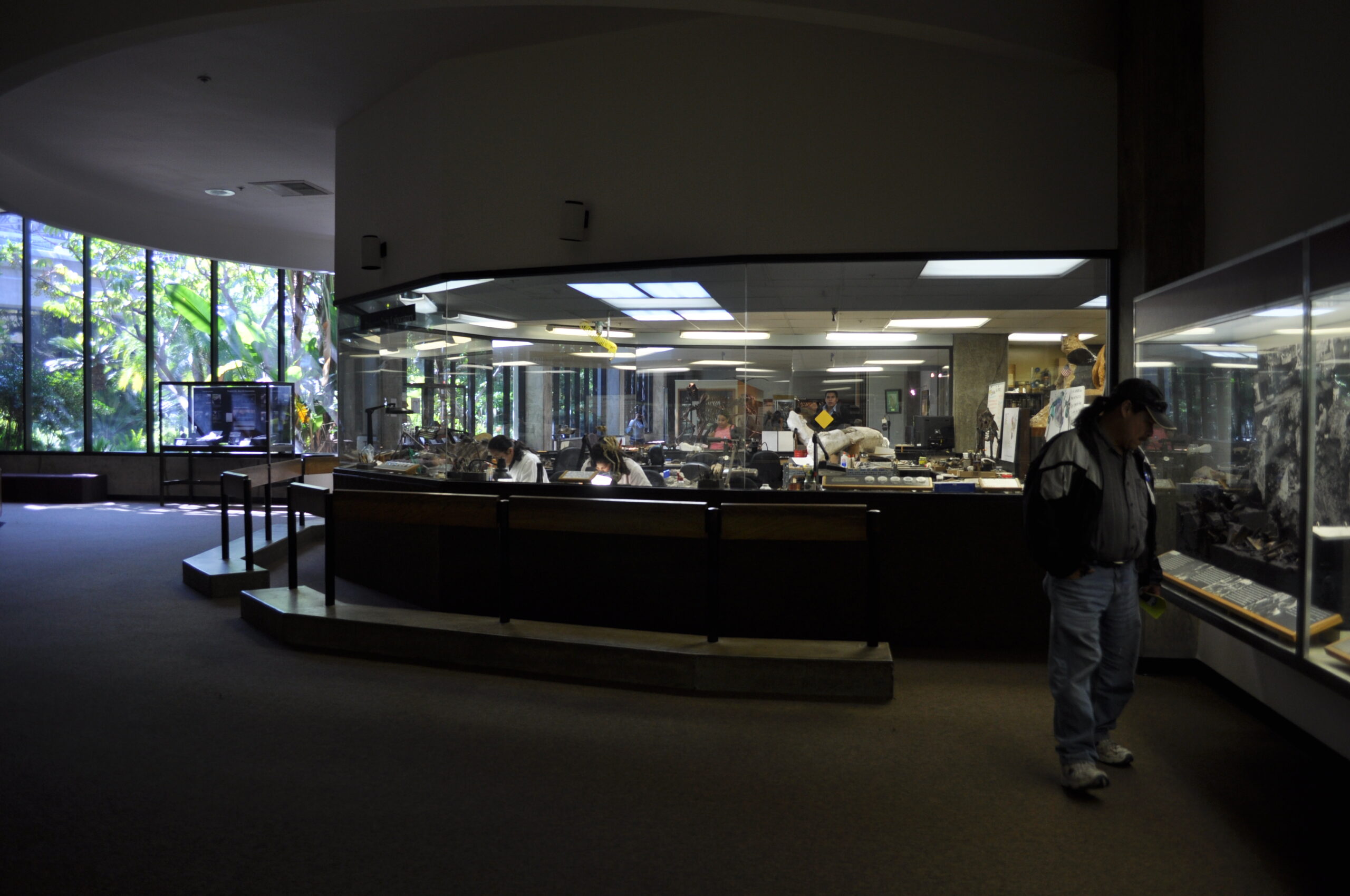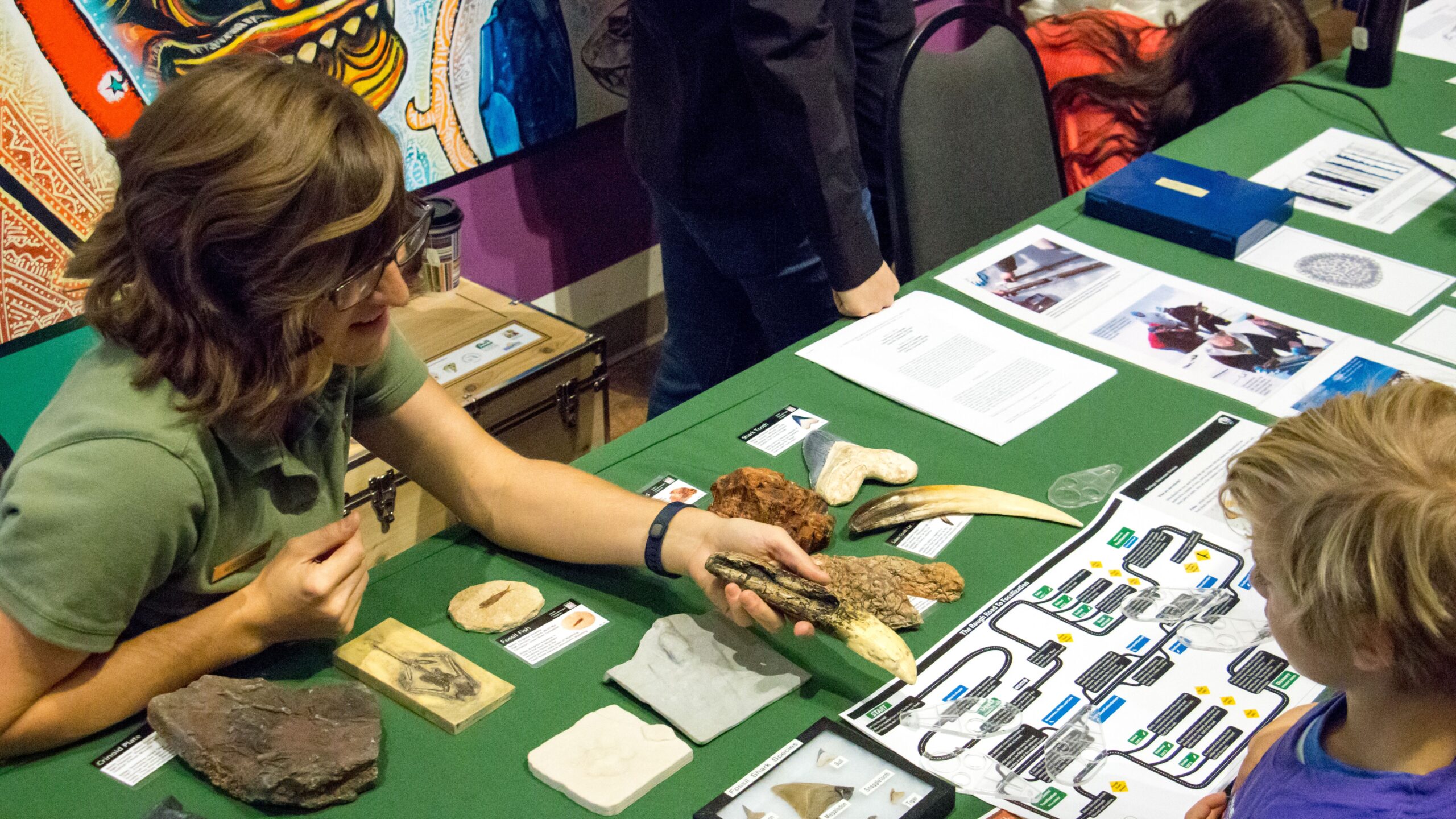Picture this: a dusty paleontologist in khaki shorts, covered in sweat and grime, carefully brushing sediment from a fossilized raptor claw while explaining the intricate details of pack hunting behavior to a wide-eyed child. Before 1993, most people would have yawned at such a scene. But after Dr. Alan Grant burst onto movie screens in Steven Spielberg’s “Jurassic Park,” everything changed. This fictional character didn’t just entertain audiences—he fundamentally transformed how the world viewed paleontology, turning a perceived dusty academic field into one of the most exciting scientific disciplines imaginable.
The Pre-Jurassic Park Image Problem
Before Alan Grant’s cinematic debut, paleontology suffered from a serious public relations crisis. Most people pictured paleontologists as elderly professors with thick glasses, hunched over musty museum displays or lost in academic papers that nobody read. The field was seen as static, dealing only with dead things from millions of years ago.
Children rarely dreamed of becoming paleontologists, and the general public viewed dinosaur research as irrelevant to modern life. Museums struggled to make their fossil displays exciting, often resorting to static skeletons with minimal context. The dynamic, detective-like nature of paleontological work remained hidden from public view, buried under layers of academic jargon and institutional formality.
Grant as the Action Hero Scientist
Dr. Alan Grant shattered every stereotype about paleontologists in just two hours of screen time. Here was a scientist who could read the landscape like a book, identifying species from tiny bone fragments while dodging charging Triceratops. Sam Neill’s portrayal showed a rugged field researcher who combined Indiana Jones-style adventure with genuine scientific expertise.
Grant’s character demonstrated that paleontologists weren’t just bookworms—they were detectives unraveling Earth’s greatest mysteries. His ability to survive in a world of living dinosaurs while maintaining his scientific curiosity made paleontology seem thrilling and relevant. Suddenly, studying ancient life didn’t seem boring; it seemed like the coolest job in the world.
From Dusty Bones to Living, Breathing Creatures
One of Grant’s most revolutionary contributions was his approach to viewing dinosaurs as living animals rather than museum pieces. His famous “they’re moving in herds” moment wasn’t just cinematic gold—it reflected a real shift in paleontological thinking that was happening in the scientific community. Grant brought this new perspective to mainstream audiences in an unforgettable way.
The character consistently emphasized dinosaur behavior, ecology, and evolution rather than just their size or ferocity. His explanations about pack hunting, nesting behaviors, and social structures made extinct creatures feel alive and relatable. This approach influenced how museums began presenting their exhibits, focusing more on reconstructed behaviors and environments rather than isolated skeletons.
The Raptor Revolution in Public Consciousness

Before Jurassic Park, most people only knew about Tyrannosaurus rex and maybe Triceratops. Grant’s terrifying respect for Velociraptors introduced the world to the concept of intelligent, pack-hunting dinosaurs. His chilling description of raptor hunting strategies—”they remember”—captured imaginations worldwide and sparked intense interest in dinosaur intelligence.
Grant’s expertise in raptor behavior became a defining characteristic that separated him from other scientists in popular culture. His ability to think like a raptor, to understand their problem-solving capabilities and social dynamics, made paleontology seem like a blend of zoology, psychology, and detective work. This portrayal led to a surge of public interest in predatory dinosaur species and their cognitive abilities.
Fieldwork Gets Its Hollywood Moment
The opening scenes of Jurassic Park showing Grant’s dig site in Montana gave fieldwork its first major cinematic spotlight. Audiences saw the painstaking process of excavation, the excitement of discovery, and the high-tech tools that real paleontologists use. This wasn’t just academic research—it was adventure archaeology with life-changing implications.
Grant’s passion for fieldwork came through in every scene, from his careful brushwork on fossils to his encyclopedic knowledge of geological formations. The film showed that paleontological fieldwork required physical stamina, technical skills, and intellectual brilliance. Many real paleontologists credit these scenes with inspiring them to pursue careers in the field, drawn by the combination of outdoor adventure and scientific discovery.
Technology Meets Paleontology

Through Grant’s interactions with advanced technology in the film, audiences learned that modern paleontology wasn’t stuck in the past. His use of ground-penetrating radar, computer modeling, and DNA sequencing equipment showed that the field embraced cutting-edge technology. Even his initial skepticism toward these tools reflected real debates within the scientific community.
The character’s eventual appreciation for how technology could enhance traditional paleontological methods resonated with both scientists and the public. Grant demonstrated that successful paleontologists needed to balance respect for traditional fieldwork with openness to technological innovation. This message helped modernize the field’s image and attract tech-savvy students who might otherwise have overlooked paleontology.
Child Whisperer with Scientific Credentials

Grant’s transformation from child-avoiding scientist to protective mentor figure showcased another crucial aspect of paleontology—its educational mission. His patient explanations to Tim and Lex about dinosaur behavior and evolution demonstrated how real scientists communicate complex ideas to younger audiences. These scenes highlighted the importance of science education and public outreach.
The character’s ability to make paleontology accessible to children without dumbing it down became a model for science communication. Grant showed that effective scientists needed to be educators as well as researchers. This portrayal encouraged many paleontologists to become more involved in public education and museum programs, recognizing their role as ambassadors for their field.
The Grant Effect on Museum Attendance
Following Jurassic Park’s release, natural history museums worldwide experienced unprecedented surges in attendance. Visitors came seeking the Alan Grant experience—they wanted to see real fossils and learn from real paleontologists. Museums quickly adapted, hiring more interpreters and developing interactive exhibits that emphasized the detective work behind fossil discoveries.
The “Grant effect” forced museums to reconsider how they presented paleontology to the public. Static displays gave way to dynamic exhibits featuring fossil preparation labs, virtual reality experiences, and hands-on dig simulations. Curators began emphasizing the ongoing nature of paleontological research rather than presenting dinosaurs as completely understood creatures from a closed chapter of Earth’s history.
Career Inspiration and the Grant Generation
Paleontology departments across universities reported significant increases in enrollment following Jurassic Park’s release. Students cited Grant’s character as inspiration for choosing paleontology over other scientific fields. This “Grant generation” of paleontologists brought fresh enthusiasm and diverse perspectives to the discipline.
Many current prominent paleontologists trace their career inspiration directly to Grant’s portrayal. The character showed young people that paleontology offered opportunities for field adventure, international travel, groundbreaking research, and public recognition. Graduate programs that had struggled to attract students suddenly found themselves with competitive applicant pools and increased funding opportunities.
Media Representation and Scientific Accuracy
Grant’s character established new standards for how scientists should be portrayed in popular media. Unlike the stereotypical absent-minded professor or evil scientist, Grant was competent, ethical, and genuinely passionate about his work. His scientific explanations were generally accurate, respecting both the intelligence of audiences and the integrity of the discipline.
The character’s influence extended beyond paleontology to how Hollywood approached scientist characters in general. Grant demonstrated that audiences were hungry for authentic scientific content and respected expertise when presented engagingly. This shift encouraged more films and television shows to consult with real scientists and present research more accurately.
The Dark Side of Sudden Fame

However, Grant’s popularity also created unrealistic expectations about paleontological work. Some students entered the field expecting constant adventure and dinosaur encounters, only to discover that most paleontology involves detailed laboratory analysis and careful documentation. The glamorized version of fieldwork didn’t always match the reality of grant applications, peer review, and methodical research.
Additionally, the focus on dramatic dinosaur species sometimes overshadowed other important areas of paleontological research. Grant’s specialization in large predatory dinosaurs led to increased funding for similar research while other crucial areas like marine paleontology or plant fossils received less attention. The character’s influence, while largely positive, did create some imbalances in public interest and research priorities.
Real Paleontologists Embrace the Grant Legacy

Rather than resenting Hollywood’s interpretation of their field, most paleontologists embraced the opportunities that Grant’s popularity created. Many researchers began incorporating elements of Grant’s communication style into their own public presentations, emphasizing the excitement and relevance of fossil discoveries. Science museums hired paleontologists specifically to serve as “real-life Alan Grants” for educational programs.
The character also influenced how paleontologists presented themselves professionally. Conference presentations became more dynamic, with researchers using storytelling techniques and visual aids to make their findings more accessible. Grant’s legacy encouraged scientists to see public engagement as an essential part of their professional responsibilities rather than a distraction from “real” research.
Grant’s Lasting Impact on Scientific Communication
Perhaps Grant’s most enduring contribution was demonstrating the power of passionate, accessible scientific communication. His enthusiasm for paleontology was infectious, showing audiences that genuine excitement about discovery could be just as compelling as special effects. This lesson extended far beyond paleontology, influencing how scientists across disciplines approach public outreach.
The character established that effective science communication required both expertise and emotional connection. Grant didn’t just explain facts—he shared his wonder at the natural world and helped others experience that same sense of discovery. This approach became a template for science educators, television presenters, and researchers seeking to share their work with broader audiences.
The Modern Legacy Continues
Today, nearly three decades after Jurassic Park’s release, Grant’s influence on paleontology remains strong. Social media has created new platforms for paleontologists to channel Grant’s educational approach, sharing field discoveries and fossil preparations with global audiences. Modern paleontologists often reference Grant when explaining their work to the public, using his character as a bridge between scientific complexity and popular understanding.
The ongoing Jurassic franchise continues to feature paleontologists as central characters, maintaining public interest in the field. Each new film provides opportunities for real scientists to engage with popular culture, correcting misconceptions while celebrating the aspects of Grant’s portrayal that accurately reflect their work. The character created a lasting template for how paleontologists could be both scientifically rigorous and publicly engaging.
Alan Grant transformed paleontology from a dusty academic pursuit into a dynamic, adventure-filled science that captured the world’s imagination. His character proved that audiences craved authentic scientific content when presented with passion and expertise. The surge in museum attendance, university enrollment, and public interest in fossil discoveries following Jurassic Park’s release demonstrated the profound impact that well-crafted scientific characters could have on society’s relationship with research and discovery. Grant’s legacy reminds us that science communication isn’t just about sharing facts—it’s about sharing wonder, curiosity, and the endless excitement of uncovering Earth’s hidden stories. What other scientific fields might benefit from their own Alan Grant moment?



